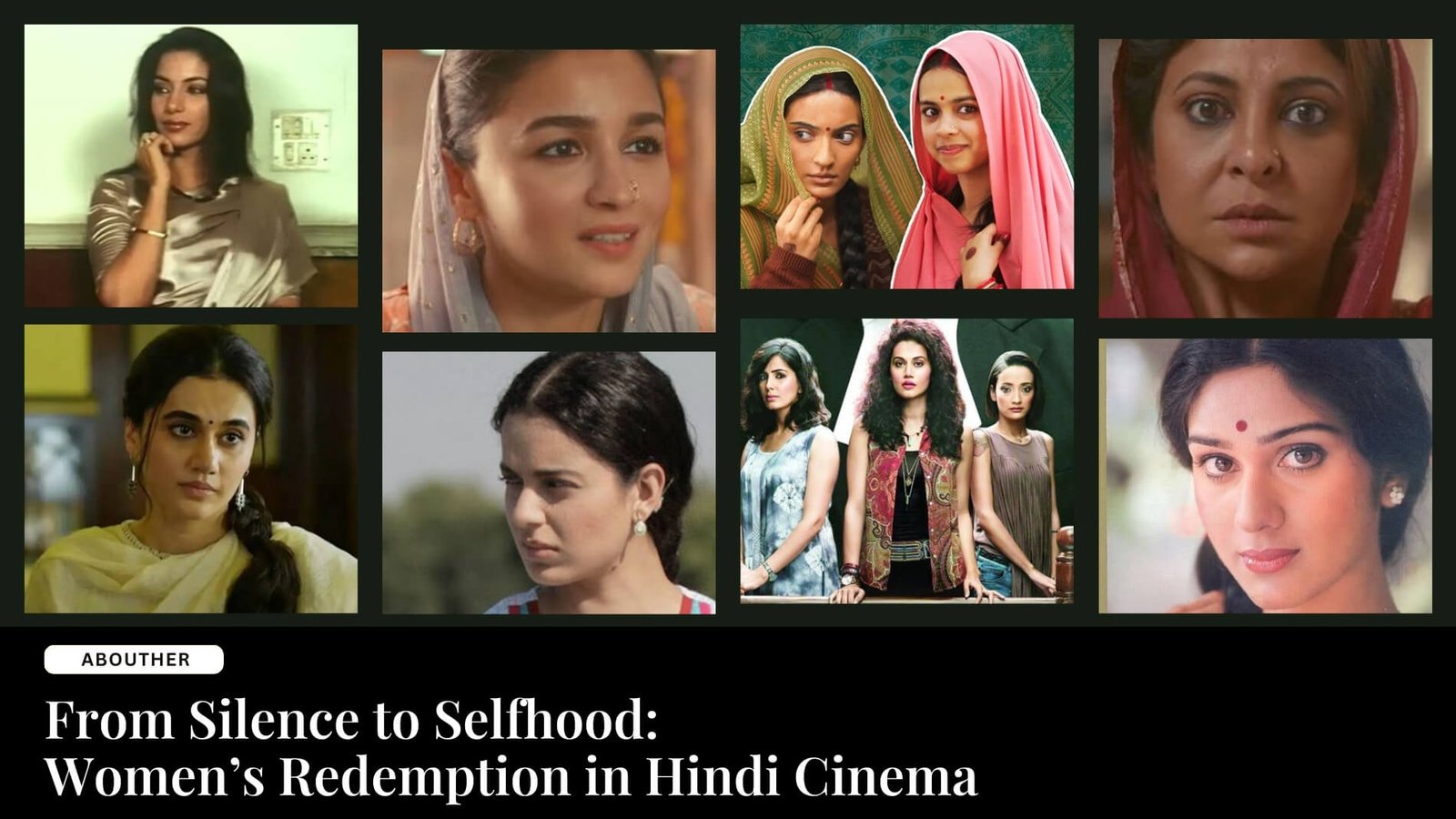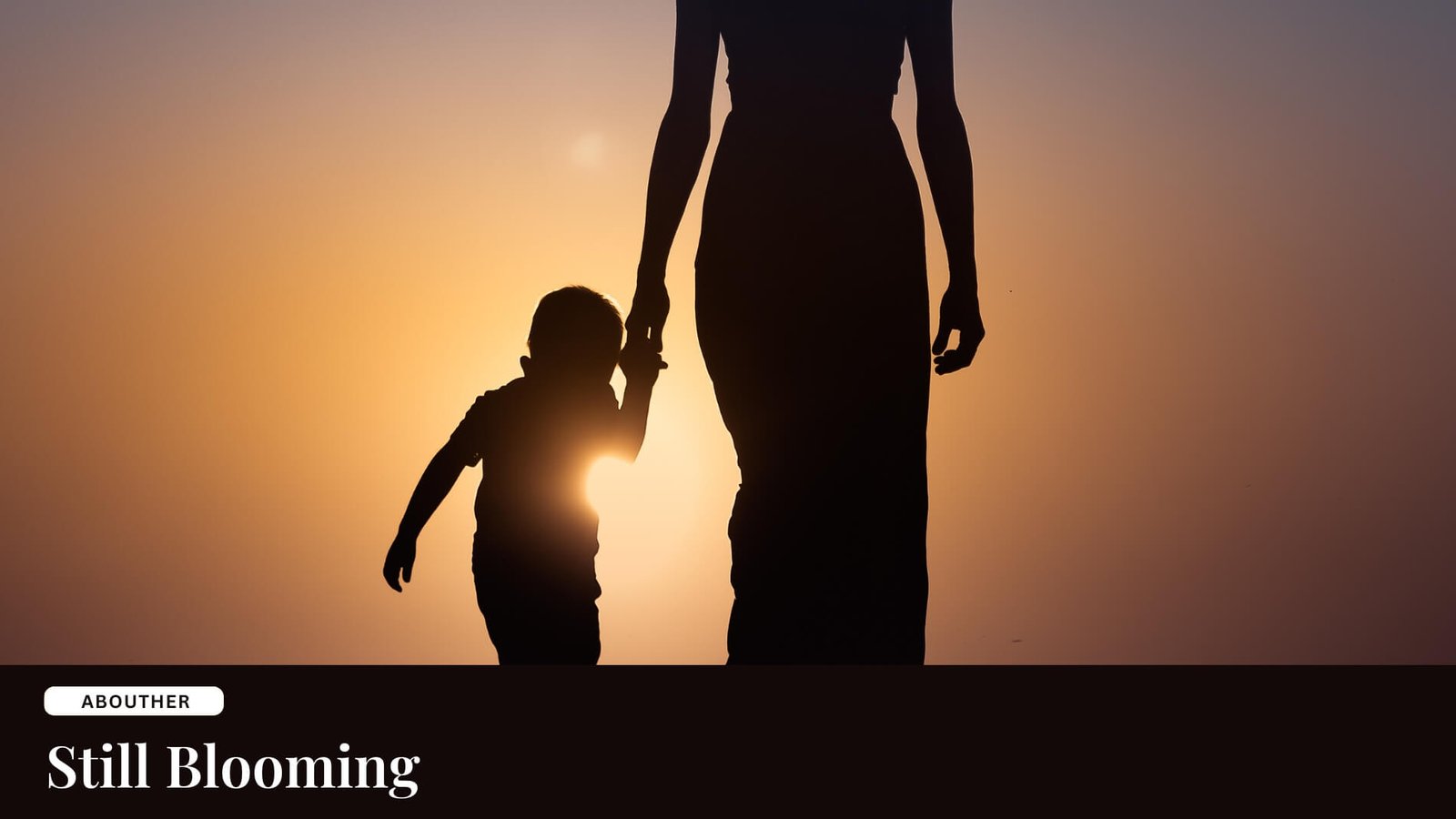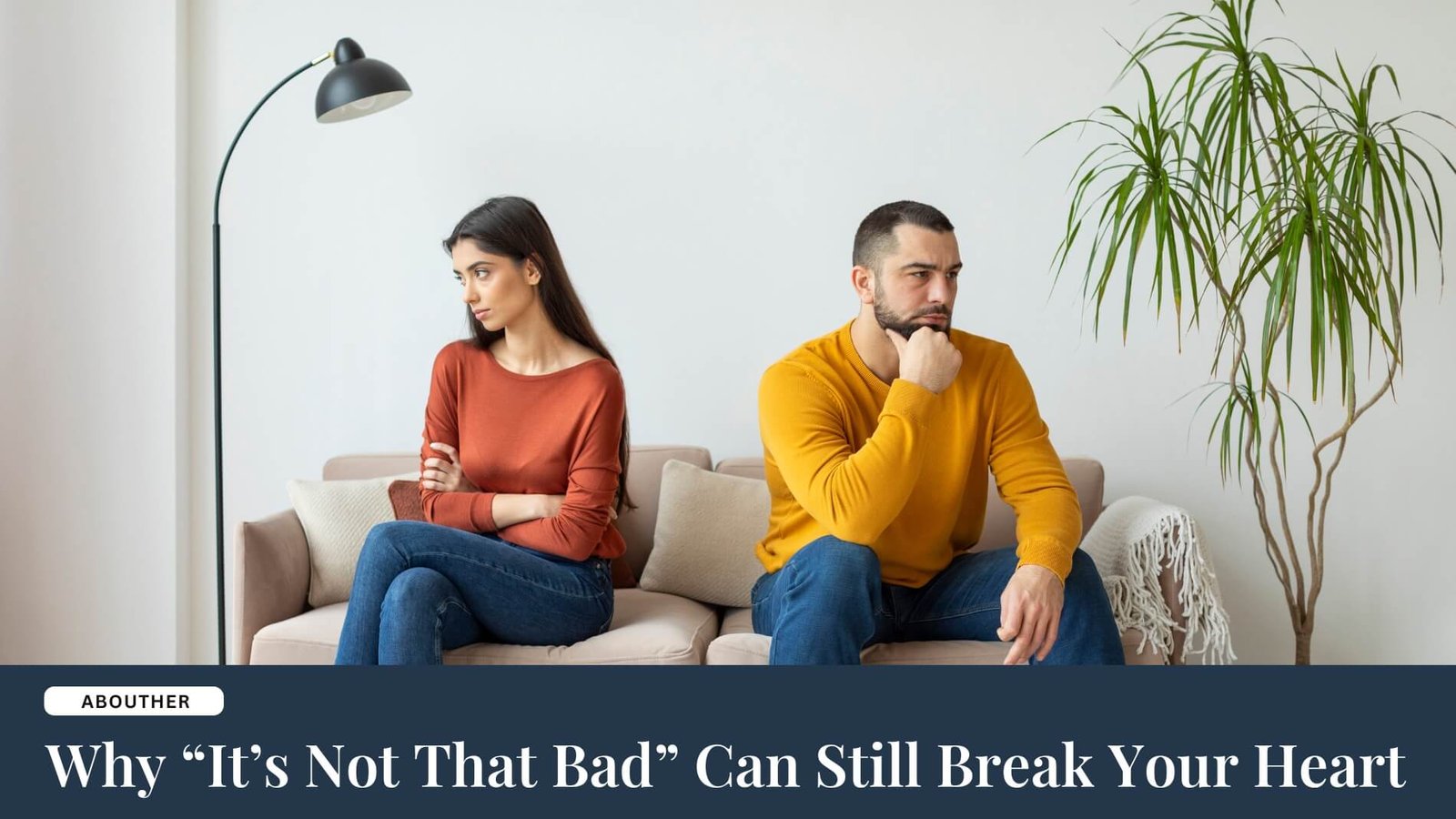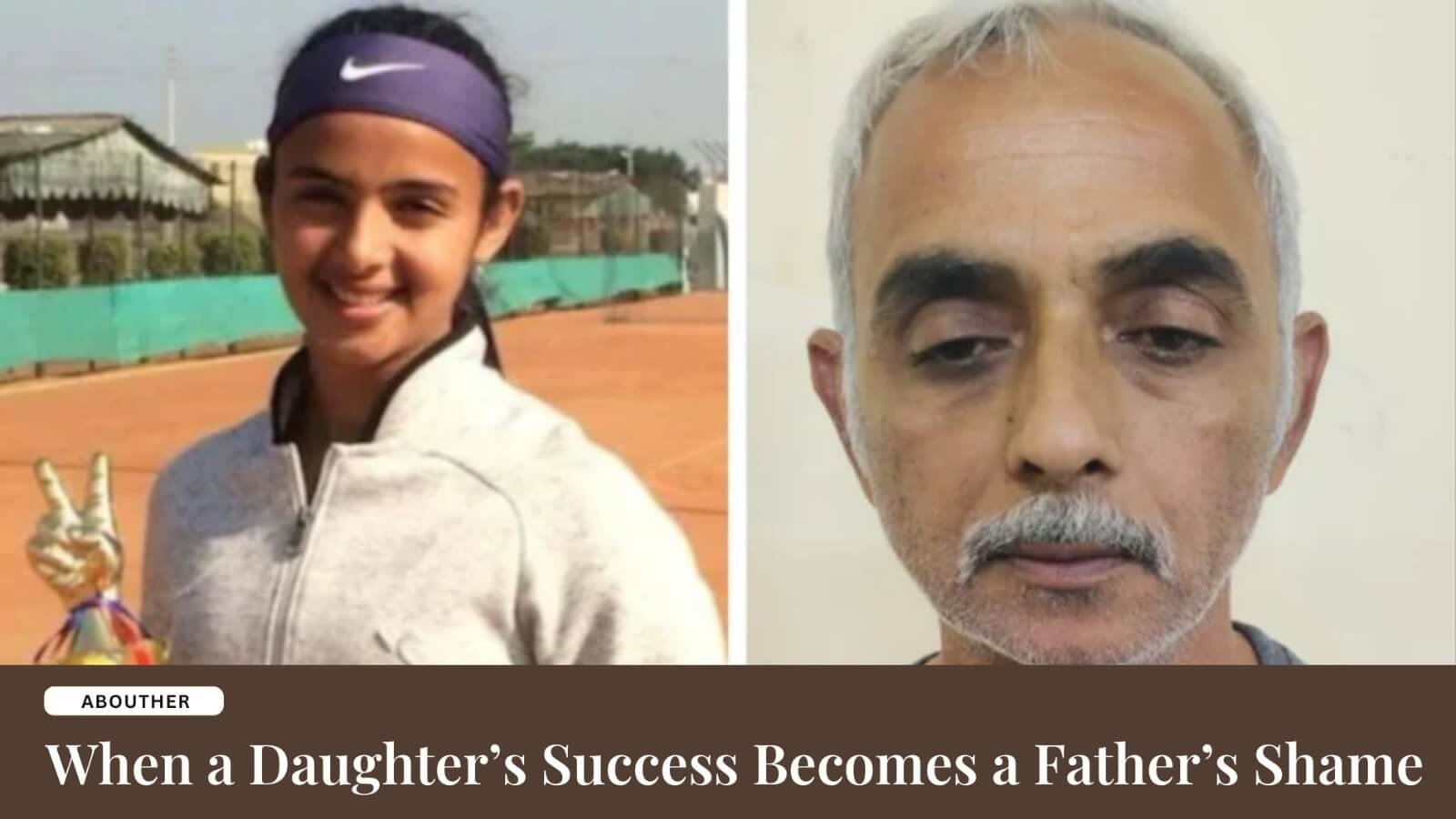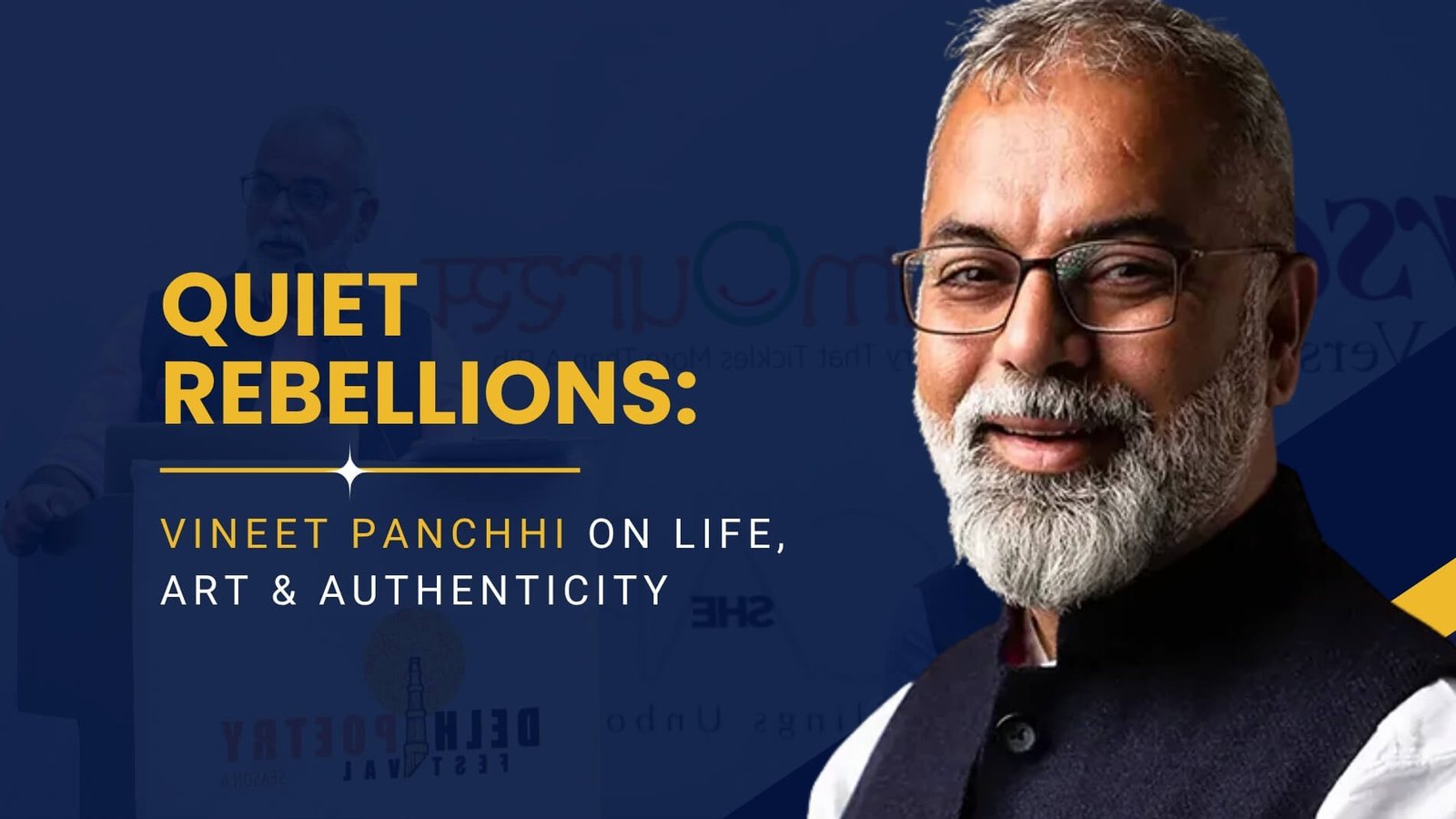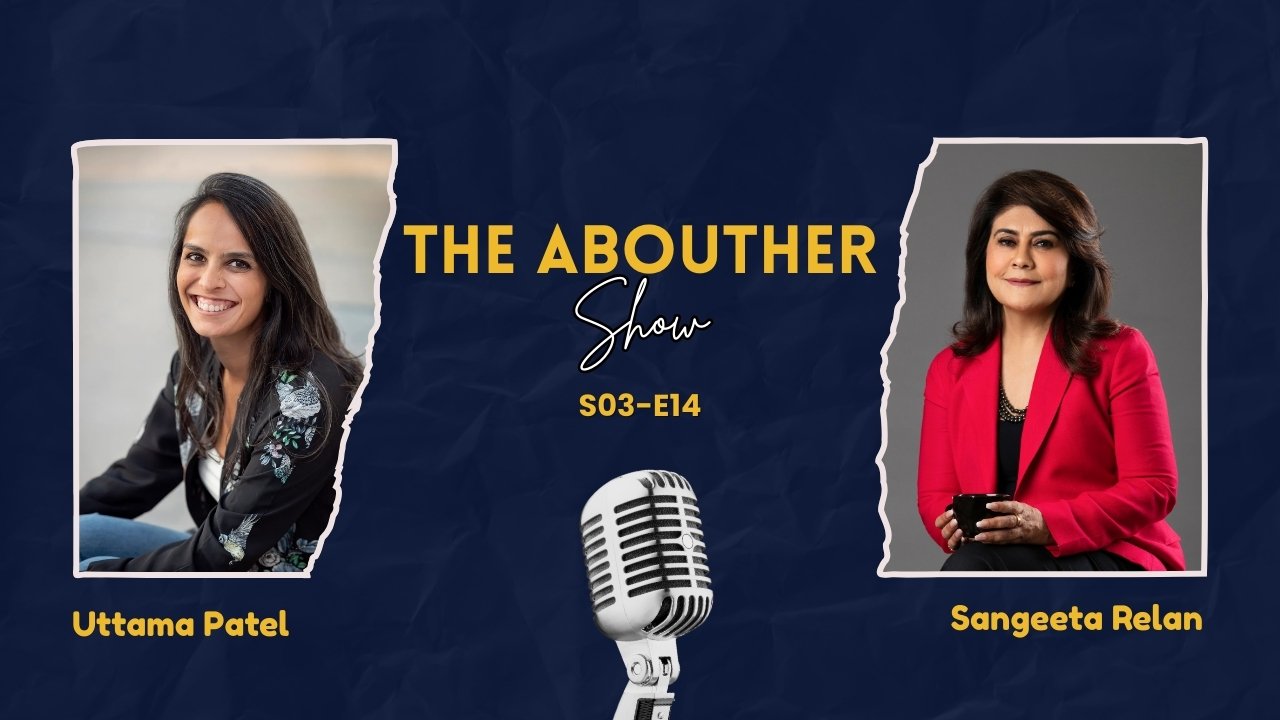The Quacks’ Legacy: A Battle for True Healthcare
The frustration I experienced due to the lack of resources was alleviated by the knowledge that there were no medical facilities in the area. Whatever little I was providing exceeded the best they were getting. I knew that, armed with just one stethoscope and my training, I was far better than the best quack in the whole area.
The village was infested with quacks. They were local guys, and people believed in them like their own. They looked like them and spoke their language. I faced tough competition from them for many years. I was the outsider, so it was me who had to prove myself. The quacks had always been there and were trusted. It’s incredible that these quacks abound even in this age of modernity and have a robust following. Their small, dingy clinics have serpentine queues even in 2024.
I heard stories about how they gave injections through the sleeves. Once, I asked a patient to roll up his sleeve for a tetanus shot. He looked queerly at me and said, “Dr Biswas gives it through the sleeve, you too give it the same way.”
I learnt that a single needle was used for all patients. It was discarded only by the end of the day, maybe not. It was an uphill task to explain to each patient the risk the quack was subjecting them to. Obviously, the quack wasn’t aware of the hazards of acquiring hepatitis A and AIDS from the use of the same needle. In fact, most HIV cases were due to the reuse of needles. It took hours of relentless explanations and years of hard work before I could see a dent in this practice.
Stories of this “three rupee doctor” who would take X-rays for three rupees each bothered me. The cost of the X-ray film itself was fifty rupees, so I wondered how anyone could manage an X-ray for three rupees.
“One hundred rupees for one x-ray…no way …no.. that’s too much..” Exclaimed a patient.
“That is the minimum I can charge,” I reasoned earnestly.
“How come Dr.Shambhu does it in three rupees?”
My staff girls decided to get to the bottom of the ‘three rupee doctor.’
Well, he had an old fridge that served as an X-ray machine. He would make the patient stand in front of it and snap the door shut.
X-Ray done!
The unawareness, illiteracy and gullibility were devouring the entrails of society.
The quacks were ominous. They pretended to be doctors and treaded paths that real doctors would fear to tread.
Also Read:Safe Haven or a Phantasmal Hell?
Most countries have quacks, but the percentage in Kapashera was one trained doctor to a hundred quacks. They would undertake all kinds of treatments and prescribe dangerously wrong medications with wrong dosages. Their medicines were wrapped in bits of newspaper, containing a melange of coloured tablets, usually a painkiller, a steroid, a vitamin, and maybe some ash. The origin of these tablets was dubious. This cocktail of ominous tablets ensured that the fever came down. The patient would feel better but was never wholly treated for the sickness.
They became patients forever!
The diet restrictions, the quacks placed would make the patient sicker. If it was jaundice, all yellow foods were banned. The simple minds of the villagers accepted this simple diktat. A new mother was forbidden from ‘cold’ foods, which meant she was off all vegetables and fruits and allowed measly porridge.
Bathing by the new mothers was forbidden by Davis, the omnipresent midwife. In the blistering heat of June and July, I would get new mothers wrapped up in blankets, looking frail, sick, malnourished and wretched in all respects. They were kept in dark rooms without any light for a minimum of two months. Even in 2024, new mothers rarely see the face of a clean bath or refreshing sunlight.
Sickness was thrust upon them. Gradually, I drummed healthy practices into their daily lives. My magic words were the importance of a basic daily bath, green vegetables, milk, lentils, and plenty of daylight.
“What if she falls sick..doctor. .? The sedate mother-in-law would ask.
“It is my responsibility…if she falls sick..I will treat her for free…” My personal guarantee and confidence won many battles.
Soon, healthy-looking young mothers started to raid the clinic for vaccinations.
I think I threw a pebble in the water to form whorls of change without realising how far they could go.
This learning is not taught in medical schools. It’s a deep, slow process that does not come from a dispassionate examination.
The sheer number of chronic typhoid cases I was seeing was not normal. With their lack of knowledge, the quacks gave low doses, hesitantly and fearfully.
It was natural that the disease stayed in the body, and the patient became a chronic typhoid carrier. They, in turn, infected many more. The patients kept suffering from low-grade fever for months on end. Many patients with a history of upset tummies for months on end, loss of appetite and weight loss would find their way into my clinic. Blood tests proved that my suspicions of chronic Typhoid were correct. They would be fine once they received the proper dosage for the suitable duration.
The primary focus of village doctors is not on ensuring the health and fitness of the population. Instead, having a sick population is more beneficial for them. It can be challenging for general practitioners to provide comprehensive healthcare with limited resources. Yet, the battle for true healthcare is not just in the medicines we prescribe, but in educating and empowering communities to seek what is rightfully theirs: a life of health and dignity.”
Share This On Social
![Sangeeta-Relan-AH-525×410[1]](https://aboutherbysangeeta.com/wp-content/uploads/2024/06/Sangeeta-Relan-AH-525x4101-1.jpeg)
I’m Sangeeta Relan—an educator, writer, podcaster, researcher, and the founder of AboutHer. With over 30 years of experience teaching at the university level, I’ve also journeyed through life as a corporate wife, a mother, and now, a storyteller.
Recent Posts




